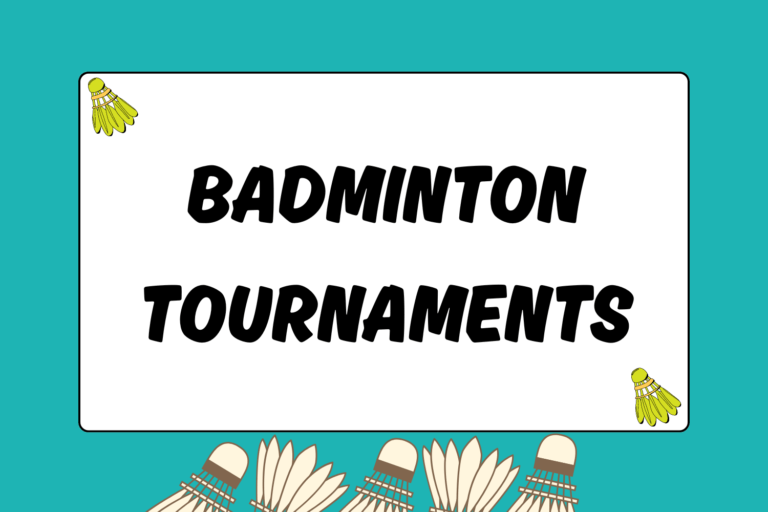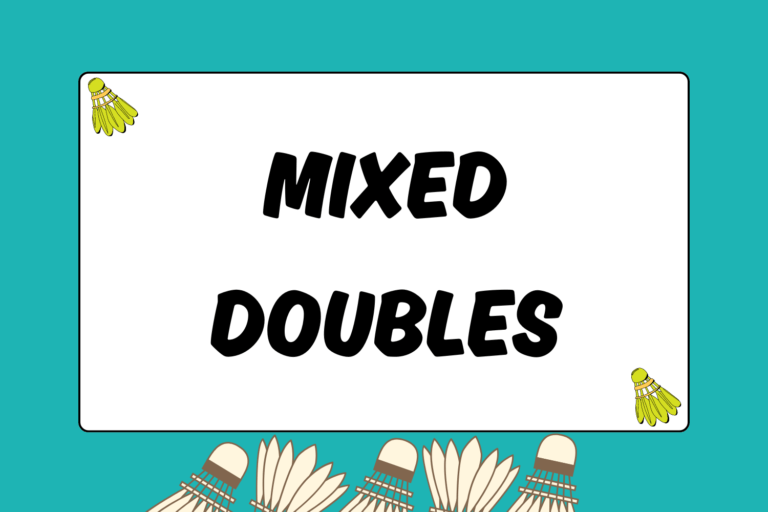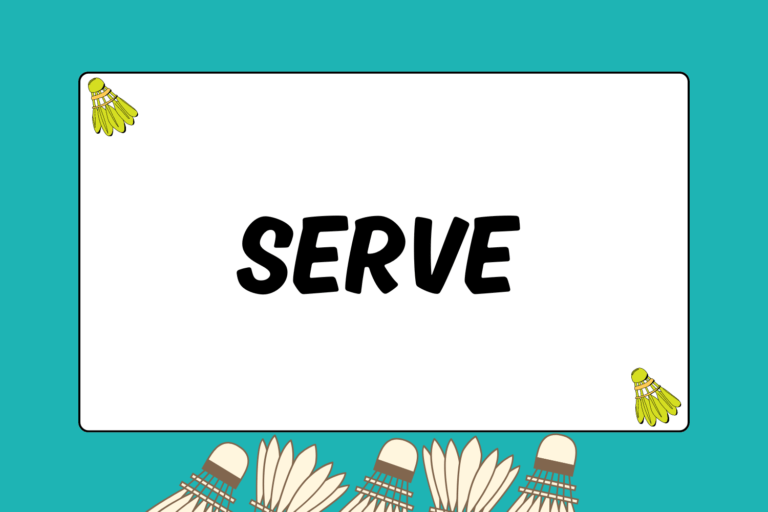You’re sitting around watching some children play on a court, and suddenly, they begin launching the shuttlecock from one end of the court to the other … with ease. You’re older, stronger, and probably smarter than these children, but you can’t seem to hit as effortlessly as they do.
It’s not your strength, and as long as you’re not using a wooden racket with dental floss for strings, it’s not your racket, either. The problem most likely lies in your technique.
This guide will teach you the proper technique for clear shots and lay down the general foundation for all overhead shots.
Grip & Stroke
To begin, use the forehand grip and forehand stroke to hit the clear shot. The forehand grip is essentially a “handshake” grip in which you hold the racket like you’re shaking hands with it. If held correctly, the racket’s head should be perpendicular to the floor, and the racket will form a line from the top view.
The stroke is where most of the technique stems from and should be fine-tuned in order to get the most out of each swing. Start by standing by the baseline with your body perpendicular to the net and your head facing it. When you swing, your racket arm should pass by the side of your head as your body rotates. As you’re finishing your swing, your feet should rotate as well, with your dominant foot ending up ahead of your other foot.
The overhead forehand stroke relies on the body’s rotation for consistency and power. While most of the power will come from the wrist, the body’s rotation will help ward off fatigue from repeated clears. For a more detailed account of the forehand grip and stroke, please refer to the guide “How to Grip a Badminton Racket.”
Positioning
The biggest mistake new players often make is swinging when the shuttlecock is over their head, making it more difficult to hit. Ideally, you’ll want to be underneath the shuttlecock, but you should also be slightly behind it. Positioning yourself behind the shuttlecock will help you conserve energy in two ways:
- Having the shuttlecock slightly ahead of your body will allow your momentum to carry you into the shot, giving you more power while leaving less work for your arms and legs.
- Instead of having to expend extra energy to change directions if you’re falling back as you swing, your momentum will carry you forward toward your base point.
Hitting the Shuttlecock
Like all overhead shots, they should be taken as early as possible and hit with your arm outstretched. The purpose of a clear shot is to move your opponent back and give yourself more time to prepare for the return shot. Striking the shuttlecock early also allows you to keep the shuttlecock high, creating less work for yourself.
Remember to follow through with your stroke to promote power and consistency. Your arm should cross your body with the racket finishing near your leg on the backhand side.
Hot Tip: Hands Up!
Hold your arms up in the air and bend at the elbows to form a 90-degree angle. Use this position for balance and accuracy as you are getting ready for an overhead shot. By raising your non-racket hand, you can use it as a guide to help strike the shuttlecock.
Aiming the Shuttlecock
There are variations of the clear shot, but the underlying purpose is to drive the shuttlecock high and deep to move your opponent back. If the shot is too low, your opponent can cut it off; if it’s not deep enough, your opponent can go on the offensive. You’ll want to aim your clear shots to the deep corners of the court, but the key is to move your opponent around, from side to side and front to back.
Great clears fly over your opponent’s reach and land between the doubles and singles long service line. The two images below depict the trajectory of a shuttlecock for the two basic types of clears. An attacking clear should have a flatter trajectory while still passing out of reach of the opponent’s racket. A defensive clear is more angled and is intended to give you more time to prepare for the return shot.
Practicing the Clear Shot
The best way to improve your clears is to grab a partner who can already clear. Repetition will help you fine-tune your precision in nailing the sweet spot and build stamina.
Your partner can also provide a good model if you’re struggling with your swing or form. You can do a minimum amount of footwork by rotating your feet correctly, but stay in one area to focus on improving your clear shot.
Working It into the Game
While clears are seen mostly as a defensive shot, clears are really just another way to move your opponent around. A good clear can throw your opponent off balance and cause him to hit a weak return, ultimately setting you up for the perfect kill shot.
At worst, a good clear will set your opponent up for an offensive shot that will be difficult to kill and likely require him to exert a lot of energy for an unguaranteed point.
In all, look at your clears as another weapon in your array of shots, not just as a shot that gets you out of tight spots.





